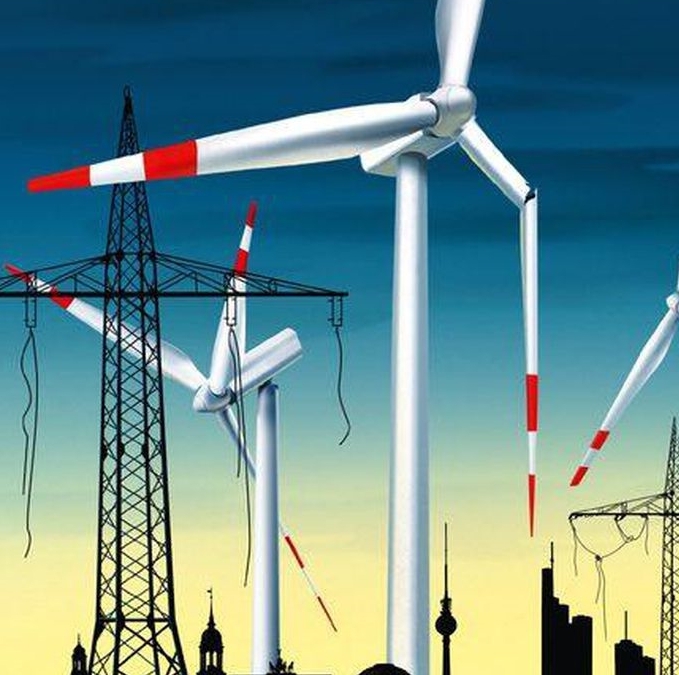Antarctic sea ice is “astonishingly” low this melt season
By Eric Holthaus
3 January 2019
(Grist) – Right now, on the shores of Antarctica, there’s open water crashing against the largest ice shelf in the world. The annual ice-free season has begun at the Ross Ice Shelf — a month ahead of schedule.
The frozen region of freshwater ice the size of France partially protects the West Antarctic Ice Sheet from collapsing into the sea. In recent years, the ice-free season in the Ross Sea has become a routine event — but it happened this year on New Year’s Day, the earliest time in history.
“Antarctic sea ice extent is astonishingly low this year, not just near the Ross Ice Shelf, but around most of the continent,” says Cecilia Bitz, a polar scientist at the University of Washington. […]
Across the entire continent, there are more than 750,000 square miles of sea ice missing, a record deficit for this time of year. Because it’s approaching mid-summer in the Southern Hemisphere, Antarctica will keep shedding sea ice for about another six weeks or so, and is currently on pace to drop far below the all-time record low set in 2016. [more]
